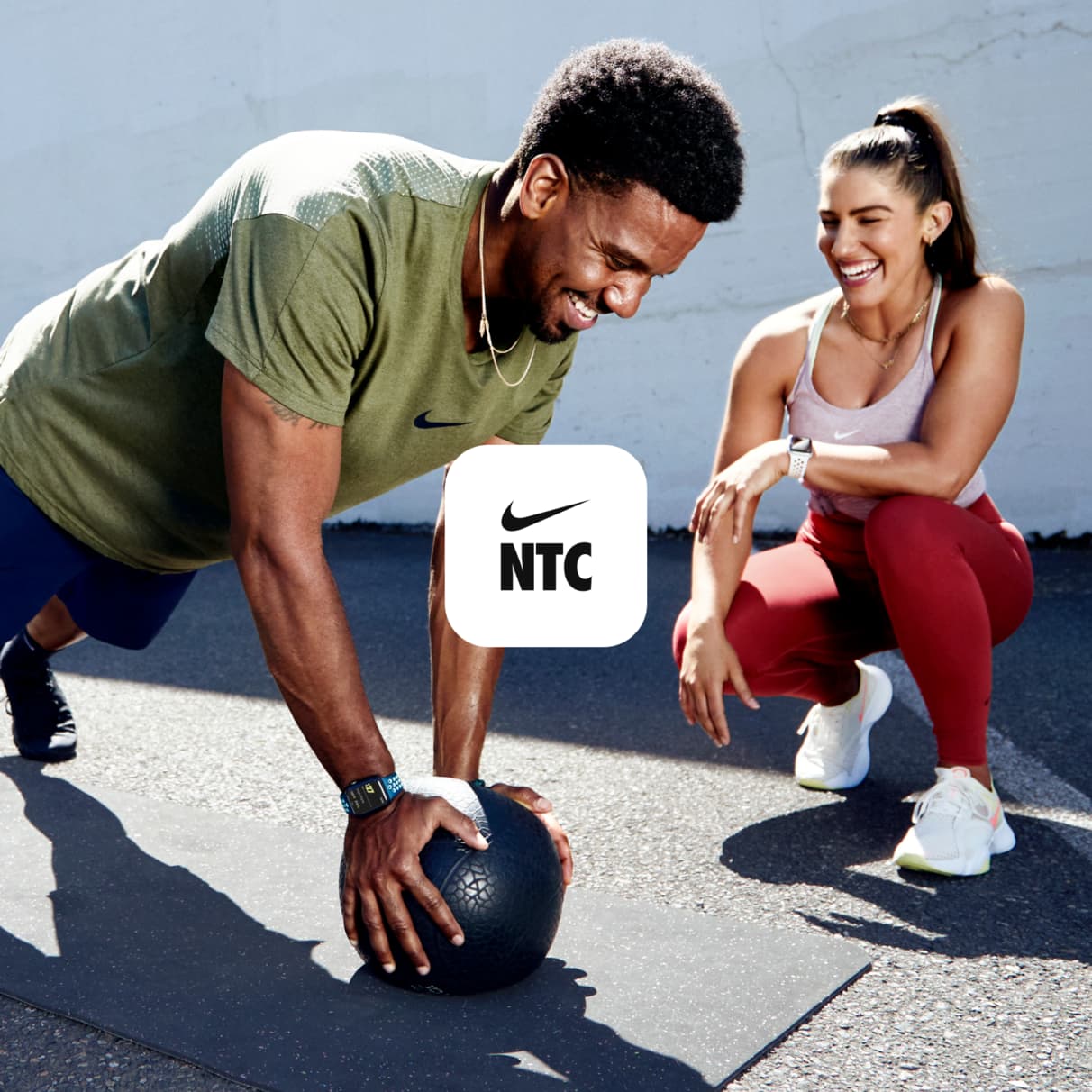How to Maintain the Right Heart Rate During and After Exercise
Sport & Activity
The intensity of your workout will determine how high, within your healthy range, your heart rate gets.

When it comes to maintaining your heart rate during and after exercise, the first step is to know how to measure your heart rate, both when resting and when at maximum heart rate. Your heart rate is easy to calculate or measure. It's the number of times your heart beats in one minute. To find it, simply count out the beats within 15 seconds, and then multiply by four. A resting heart rate is somewhere between 60 and 100 beats per minute, but it might not always be the same.
Different workouts and activities impact your heart rate. Some things speed it up, while others slow it down. If you take your pulse right before you fall asleep, it will be considerably slower than if you check it right after a run.
Many of us only think about our heart rate, or pulse, after vigorous activity, when we can feel our heart racing. But having a healthy heart rate all the time is important. Worries about heart disease, heart failure, heart attacks and cardiovascular fitness come to mind when thinking about your heart rate.
The Best Places to Find Your Pulse
There are a few spots on your body where it's easier to find your pulse. These are where you can check your heart rate with the most accurate results. They include:
· Inside your wrist
· The inside bend of your elbow
· The side of your neck
· The top of your foot
To feel for your pulse, use the tips of your index and middle fingers. Press them lightly to your skin until you feel your pulse. Then, you can start counting the beats for 15 seconds and multiply by four to calculate your heart rate.
Factors that Impact Heart Rate
It's not always exercise that gets your heart pumping fast. Although a workout is one of the primary reasons why your heart rate goes up, there are other factors that can raise your pulse. If you check it at a time of rest, and it feels high, consider if any of these other factors might be sending it upwards:
· Higher temperature and humidity levels
· Regular stress, anxiety and feelings of happiness or sadness
· Severe obesity
· Caffeine or nicotine intake
· Medication types
Each of these factors can boost your heart rate no matter what activity you're doing. Even standing up too quickly can temporarily ramp it up, so before you worry, think about what else is happening in your environment that may affect your pulse.
Your Maximum Heart Rate
The maximum rate your heart can beat isn't the same for everyone. There's not one ultimate number you shouldn't reach. Instead, your maximum heart rate is based on your age.
You can quickly figure out your predicted maximum heart rate with a simple equation. Subtract your age from 220. So, if you're 35 years old, your predicted maximum heart rate is 185.
If you're interested in learning your actual maximum heart rate, you can take a graded exercise test. This test helps establish your individual fitness level by evaluating your exercise capacity. You usually end up on a treadmill or stationary bike, with ECG monitoring. The workout intensity increases at specific intervals. The test ends either when your heart rate reaches 85 percent of your maximum rate or you feel like you can't continue exercising.
A Normal Heart Rate for Exercise
Calling an exercise heart rate "normal" is misleading. That's because everyone's heart rate is different when they exercise, and different exercises raise your pulse at different rates. Also, monitoring your heart rate isn't about what's normal when you work out, but rather how to achieve the most health benefits from your exercise.
A more appropriate term to think about is your target heart rate during any physical activity. This is typically a range, between 60 percent and 80 percent of your maximum heart rate. Using the 35 year old as an example, their target heart rate would be between 111 and 148 beats per minute.
The intensity of your workout will determine where, within your healthy range, your heart rate gets to. The more vigorous the exercise, the faster your heart beats goes. You'll know when you've hit that high-intensity level during your workout because of how your body reacts. Your breathing gets deep and rapid. You start to sweat after just a few minutes, and you have trouble talking without pausing to take a breath.
An Average Heart Rate After Exercise
After you exercise, your heart rate will start to slow down. How quickly that happens depends on the activity you do after. If you're still moving around a lot to cool down, your heart rate will drop at a slower rate.
Eventually though, you'll return to a normal amount of movement, perhaps even sitting for an extended period of time. This will help you inch closer to your resting heart rate, somewhere between 60 and 100 beats per minute.
What If I'm Not "Normal"?
Having a heart rate that lies outside the normal range isn't something you have to settle for. Lifestyle changes can help return your heart rate to a healthy and safe range that's in your target heart rate bracket.
Whether by exercising regularly or adjusting your diet, you can improve your heart rate with even small adjustments. If you're a smoker, quitting is another way to bring your pulse back to your target heart rate. If you find yourself dealing with a lot of stress, allowing time to meditate each day can do wonders as well.
Track Your Heart Rate
While keeping your heart rate very consistent is more important for elite athletes than those looking to stay healthy, it's still important to know your pulse is in the right range. And the only way to do this is to track it.
Luckily, with fitness watches, it's easy to keep track of your pulse throughout the day. You can track differences between your resting pulse first thing in the morning, your exercise pulse when you're in the zone and even at what rate it comes down after you've finished the day's workout or fitness routine.
If you don't wear a fitness watch, devoting 15 seconds to measuring your pulse at the wrist or another pulse point when you first wake up, in the middle of an exercise routine and shortly after you finish, will give you the numbers you need to maintain a healthy heart rate.
